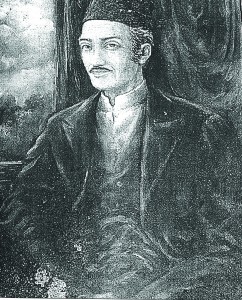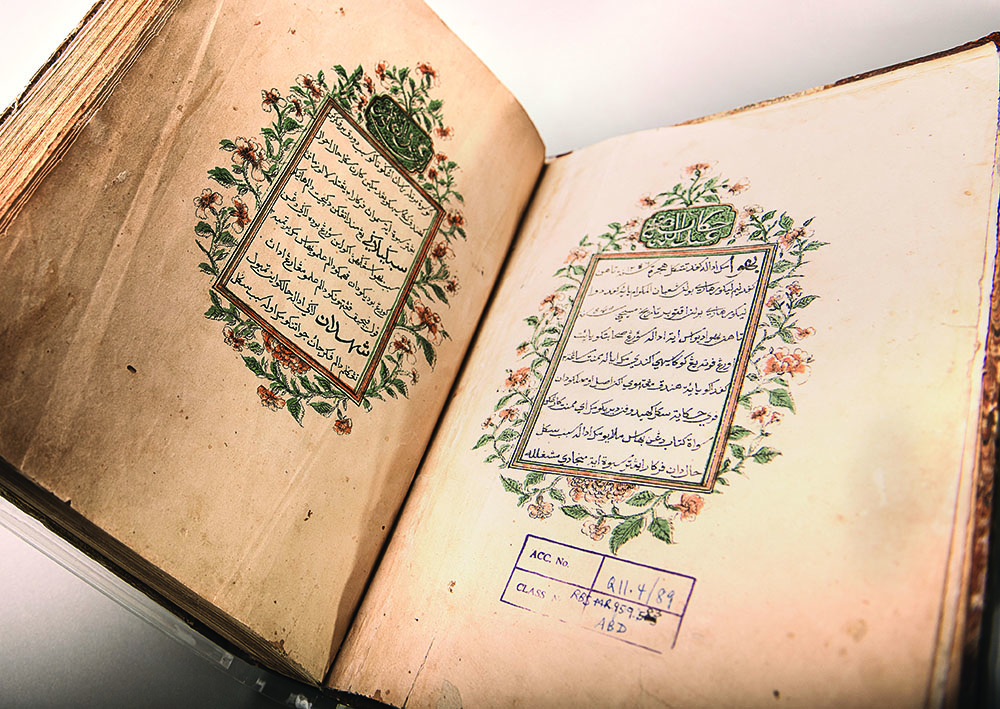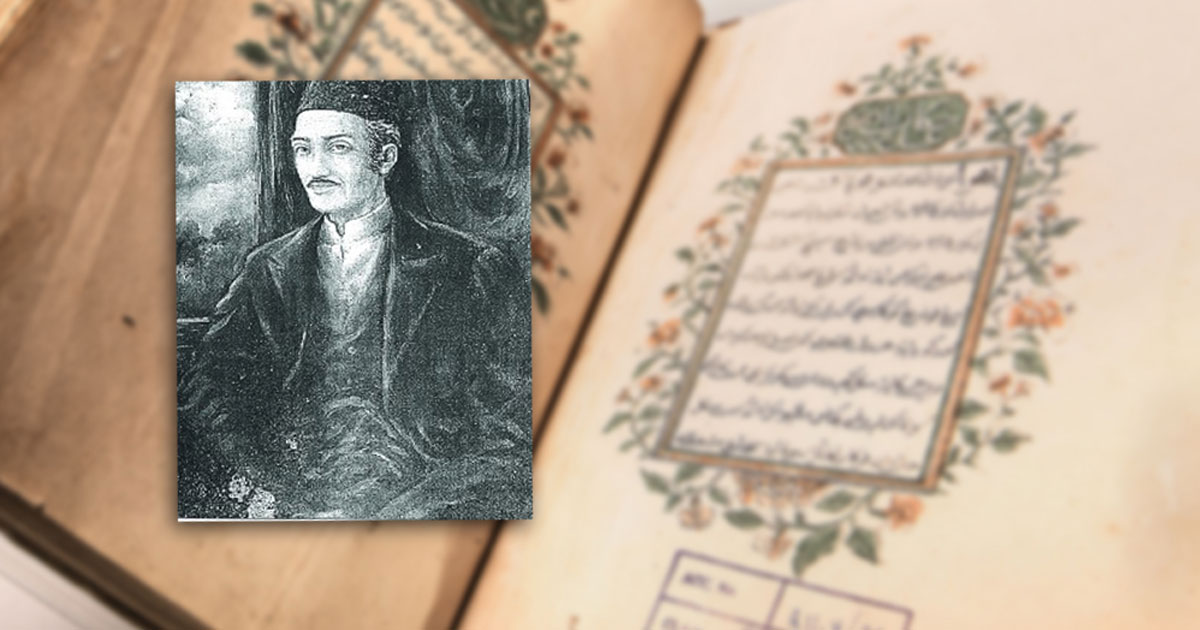If chicken essence was available in the 19th century, Abdullah bin Abdul Kadir would have been the poster boy endorsing it.
He was, after all, a historical high-achiever though often overlooked in the present day.
Born in Malacca in 1797, Abdullah, who was of Arab Indian descent, went on to become a multilingual scholar of Islamic studies.
Apart from Malay, Abdullah was proficient in Arabic, Tamil, Hindustani, and English.
 Munshi Abdullah. Image via NLB.
Munshi Abdullah. Image via NLB.
By the age of 11, Abdullah was already writing Koranic text.
At 13, he was teaching religion to the Muslim soldiers of the Indian Garrison at the Malacca Fort.
Abdullah was considered an accomplished scholar by the ripe old age of 14.
He was called "Munshi Abdullah", which means "Teacher Abdullah".
Part of his proficiency in writing was due to the strict regime enforced by his father.
Mistakes that young Abdullah made in his writing were always met with severe punishment.
Interpreter for Raffles
Abdullah became Stamford Raffles' interpreter when the latter arrived in Malacca in December 1810 because he was able to converse fluently in Malay and English.
Abdullah also worked in Raffles' office as a scribe -- transcribing and preserving Malay literature manuscripts.
When Raffles established the new free port in Singapore in 1819, Abdullah went to Singapore to find work as an interpreter and teacher of the Malay language.
When he was here, he documented the places and people that he saw.
For example, in 1819, Abdullah wrote that there were about 100 small huts and 30 families living in boats on the Singapore River.
On his subsequent visits, he found that the river settlement had grown substantially along the river.
Here's how Abdullah was described by John Turnbull Thomson, the Government Surveyor for the Straits Settlements from 1841 to 1853:
"In physiognomy he was a Tamilian of southern Hindustan: slightly bent forward, spare, energetic, bronze in complexion, oval-faced, high-nosed, one eye squinting outwards a little. He dressed in the usual style of Malacca Tamils. Acheen seluar, check sarong, printed baju, square skull cap and sandals. He had the vigour and pride of the Arab, the perseverance and subtlety of the Hindoo -- in language and national sympathy only was he a Malay."
Thomson translated Abdullah's most famous piece of work the Hikayat Abdullah (the Stories of Abdullah).
The Stories of Abdullah
Abdullah's work was often praised as being realistic and down to earth, unlike the soaring flowery writing common in Malay literary works at that time.
The Hikayat Abdullah embodies this style.
The Hikayat Abdullah provides us with insights into life in Singapore when it first started out as a British colony, including the boom in infrastructure development, and the rapid changes in social fabric as new immigrants arrived into the port city.
He even had a first-hand account of the initiation rites of a Chinese secret society, the Tian Di Hui, here in Singapore.
 Hikayat Abdullah. Image via NLB.
Hikayat Abdullah. Image via NLB.
Opposition by locals
Other than featuring the local customs and practices, one of the running themes in Abdullah's stories was the ingenuity of the Europeans contrasted against the ineffective superstitions of the locals.
For example, when bringing back news of the technological wonders, and enlightened knowledge in England, Abdullah was met with resistance.
"I have had to bear a great deal of opposition from [the locals] regarding things that I have learnt from intelligent men, who have competent knowledge of the world, which they say is truly round, and which I have repeated to them; and I have especially been answered, that such a fact could not be believed, for [these things were] never heard of before, nor have our ancestors informed us of it. I showed them numbers of signs and proofs that the world was round, yet they would not believe me."
The importance of knowledge and education was another of Abdullah's pet topics.
He often illustrated how the locals, being oppressed under unscrupulous, power hungry Malay elites, were deprived of education which would help them improve their lives.
Abdullah was a man ahead of his time.
You can view digitised copies of the Hikayat Abdullah in Jawi and Malay. An English translation is also available at the libraries.
Top photos adapted via NLB.
 #SG200 is not a celebration. It's a commemoration. What's the difference? Click the logo. Maybe these articles might help.
#SG200 is not a celebration. It's a commemoration. What's the difference? Click the logo. Maybe these articles might help.
If you like what you read, follow us on Facebook, Instagram, Twitter and Telegram to get the latest updates.
